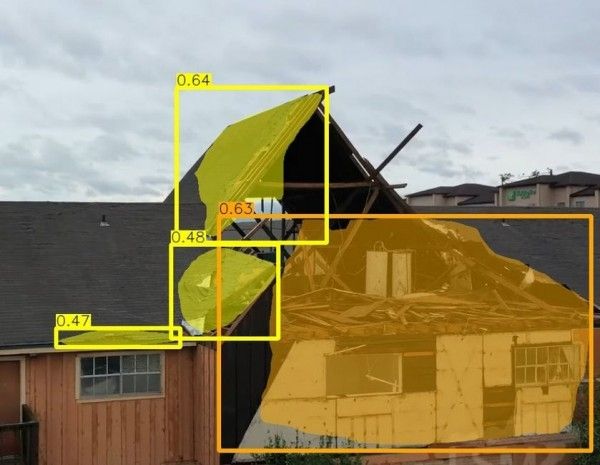It wasn't long after Hurricane Laura hit the Gulf Coast Thursday that people began flying drones to record the damage and posting videos on social media. Those videos are a precious resource, say researchers at Carnegie Mellon University, who are working on ways to use them for rapid damage assessment.
By using artificial intelligence, the researchers are developing a system that can automatically identify buildings and make an initial determination of whether they are damaged and how serious that damage might be.
"Current damage assessments are mostly based on individuals detecting and documenting damage to a building," said Junwei Liang, a Ph.D. student in CMU's Language Technologies Institute (LTI). "That can be slow, expensive and labor-intensive work."
Satellite imagery doesn't provide enough detail and shows damage from only a single viewpoint — vertical. Drones, however, can gather close-up information from a number of angles and viewpoints. It's possible, of course, for first responders to fly drones for damage assessment, but drones are now widely available among residents and routinely flown after natural disasters.
Read more at Carnegie Mellon University
Image: A team of SCS researchers are using AI to develop a system that automatically identifies buildings in drone footage of natural disasters and determines if they're damaged. The system can also identify if the damage is slight (yellow) or serious (orange), or if the building has been destroyed. CREDIT: Carnegie Mellon University


